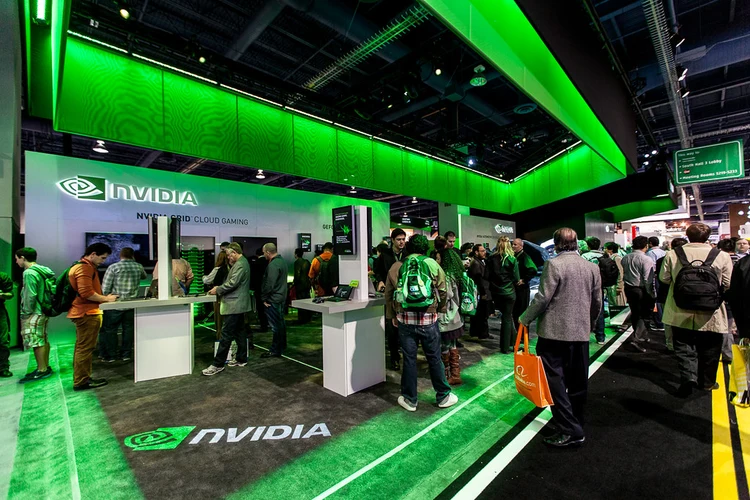Nvidia joined an exclusive group of largely tech businesses when its market cap reached $1 trillion at the opening of trading on Tuesday. For Nvidia’s shares to keep that distinction throughout the day, they must hold above $404.86.
In late morning trade, the stock increased by almost 6%, setting a new 52-week high.
After the chipmaker released quarterly profits with top- and bottom-line figures that greatly exceeded consensus expectations last week, its shares skyrocketed. Other chipmakers were encouraged by Nvidia’s increase, with the noteworthy exception of Intel, and it was also aided by projections that were more upbeat than anticipated.
Notably, Nvidia projected sales of $11 billion for the entire second quarter of fiscal 2024. The anticipated sales exceeded the $7.15 billion average projection by 50%.
Chipmakers, some sectors of the tech sector, and the Nasdaq have had a great year, thanks in part to the artificial intelligence craze and the potential for a slowdown in Federal Reserve rate hikes. Alphabet, Meta, and Microsoft were also helped by last week’s trading, in addition to Nvidia.
Platforms for generative AI, such as Google’s Bard and OpenAI’s ChatGPT, depend heavily on Nvidia’s graphics processing units, or GPUs. Although the business has long been a pioneer in the market for so-called discrete or stand-alone GPUs, many customers still believed that GPUs were primarily utilised for demanding video games until recently.
That notion has been disproved by the emergence of AI and crypto mining, and during the past few months, share prices of GPU suppliers and manufacturers, such as Nvidia, Advanced Micro Devices, and Taiwan Semiconductor Manufacturing, have risen dramatically.
Contrarily, Intel has consistently concentrated on the chip market for central processing units, or CPUs, despite experiencing inventory problems and development difficulties. Comparatively speaking, the company hasn’t benefited from the surge in investor interest.


